The SMT and PTH (Plated Through Hole) versions are complete and tested. I have the PCBs available for those interested.
Work continues on the RF version of the board, Prototype boards were order this week.
Mouser BOM: http://www.mouser.com/ProjectManager/ProjectDetail.aspx?AccessID=f755be257e
I acquired my LEDs from:
http://www.ebay.com/itm/251347073083?_trksid=p2057872.m2749.l2649&ssPageName=STRK%3AMEBIDX%3AIT
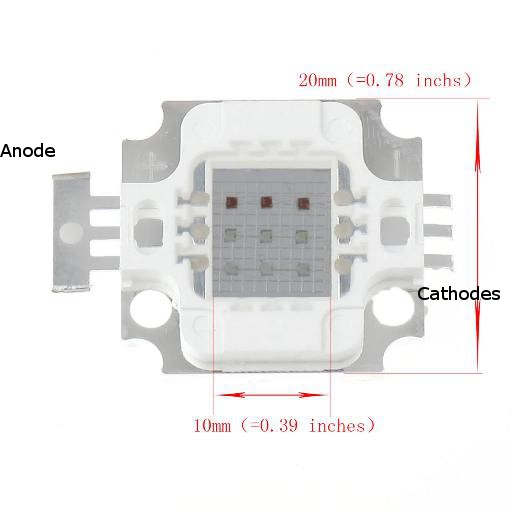
I use the 10W New Floodlight cases which can be found here:
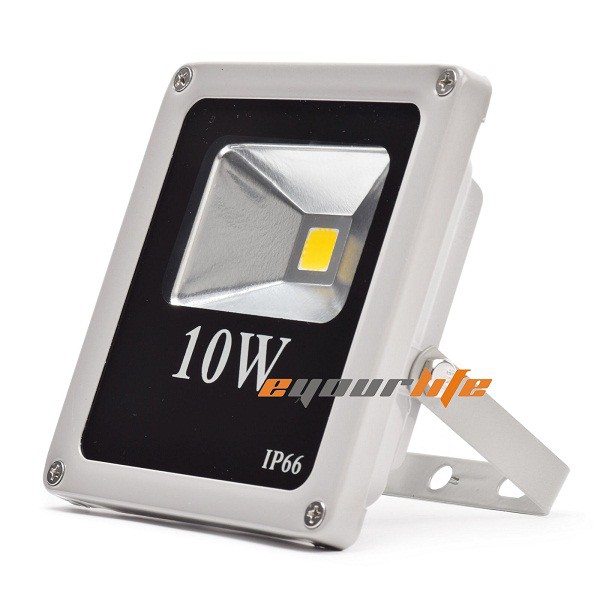
The standard 10W floodlight cases work as well.

 AJ Reynolds
AJ Reynolds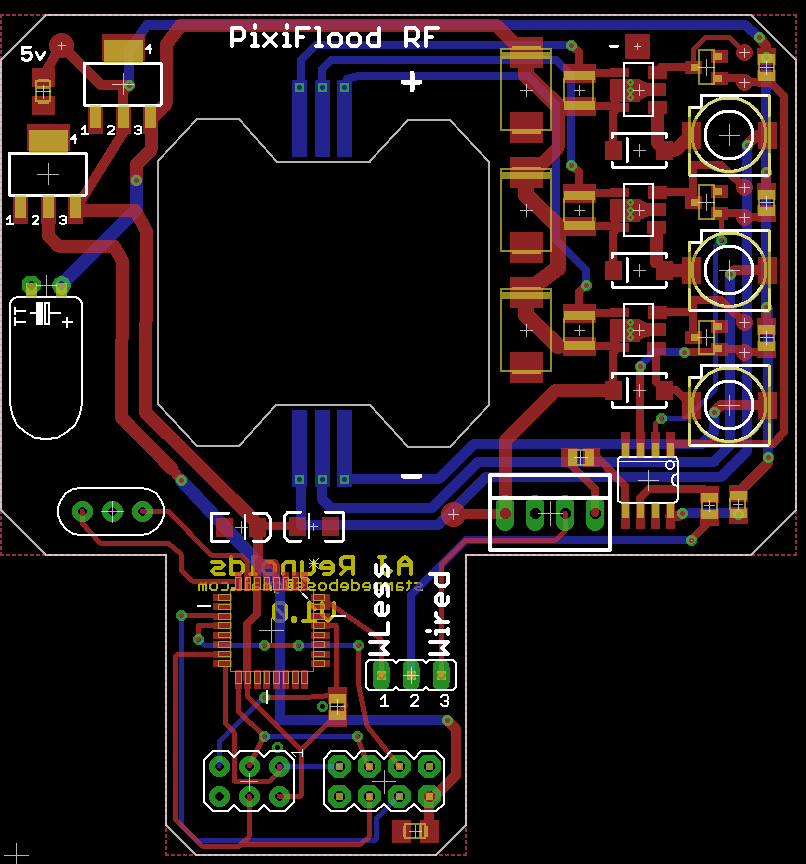
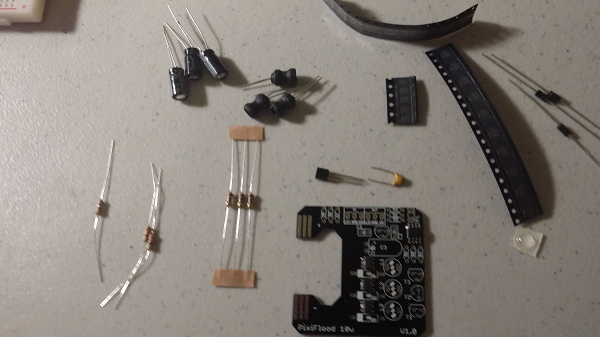
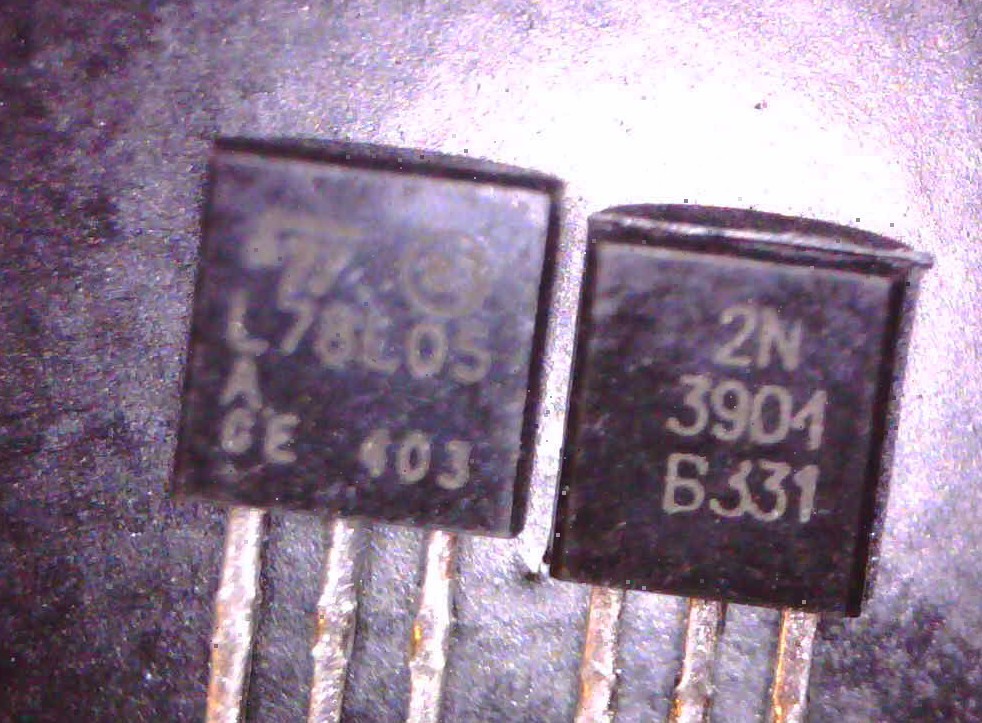
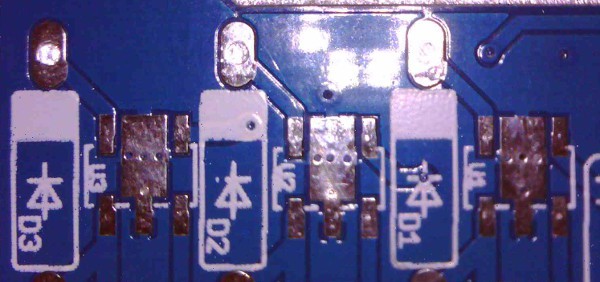
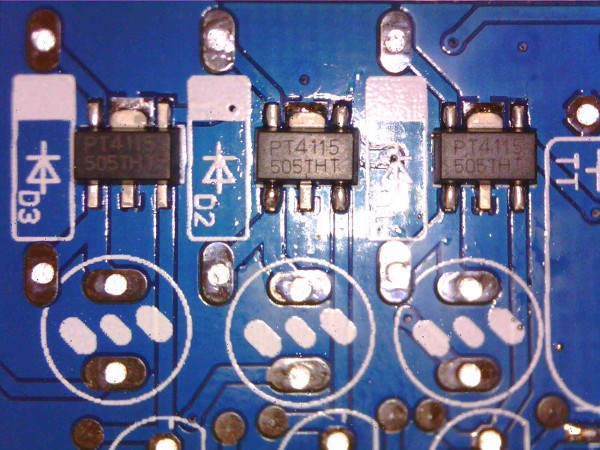




Just curious if this project is dead. Acquired several of your 1.7 boards and woud like to know if I need to upgrade them before I start my build. I would also eiother like to purchase more boards or have them done myself.